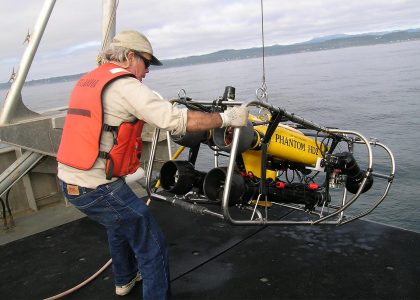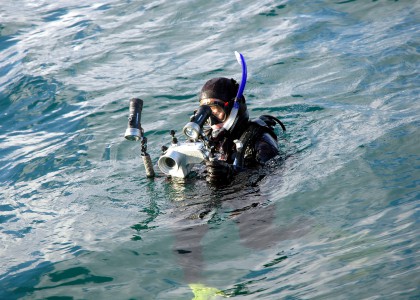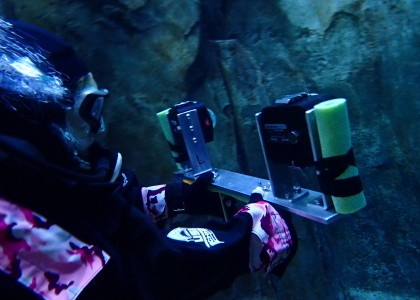
Popular Videos from 2022
Check out our most liked videos from 2022 Read More

Check out our most liked videos from 2022 Read More

Check out our annual highlights infographic. Plus, take a look at a our top stories and most popular marine reserve videos from 2020. Read More

This past summer, Amir Ahmad was an OSU-MSI Science Filmmaking intern. He collaborated with us to produce a short film highlighting some of the volunteers assisting in the scientific monitoring of Oregon’s marine reserves. This 5 minute film explores some of the different ways these volunteers identify with and are connected to the ocean and why they volunteer. Read More

We’re taking a look back at 2019. Check out these video highlights from hook-and-line surveys, underwater video research, SCUBA divers in action, and juvenile fish research and more at Oregon’s marine reserve sites. Read More

Up until two decades ago very few people had seen the seabed under Oregon’s nearshore waters. All that began to change with the use of remotely operated vehicles, or ROVs. Read More

We’re diving into 2018 highlights with a video. From oceanography to SCUBA surveys, and intertidal monitoring, to hook-and-line surveys, it’s been a busy year. Read More

Oregon’s marine reserves were teeming with discoveries this year. From hypoxia and strange creatures washing up on beaches, to jellyfish blooms, research collaborations with fishermen, and advancements in underwater video research tools. Read More

Snagging spectacular videos of something on land isn’t hard – these days most cell phones can do it – but getting great underwater shots is a bit more complicated. Video provides a window into the marine environment. Check out underwater videos and photos collected from ODFW biologists and learn how and why we’re using video in our research and monitoring. Read More

Measuring a fish via video isn’t some bizarre concept dreamt up by Silicon Valley computer whizzes. This technique has been used in Oregon by ODFW researchers for the last two decades. But why do researchers want to measure the sizes of fish and how might two video cameras help? Read More

Video surveys offer a cost-effective, non-extractive means for collecting valuable data on fish and habitats. Like all scientific research tools, there are questions about potential biases. Results from a video lander pilot study conducted by the ODFW Marine Reserve Program looks into these questions and has some surprising results. Read More